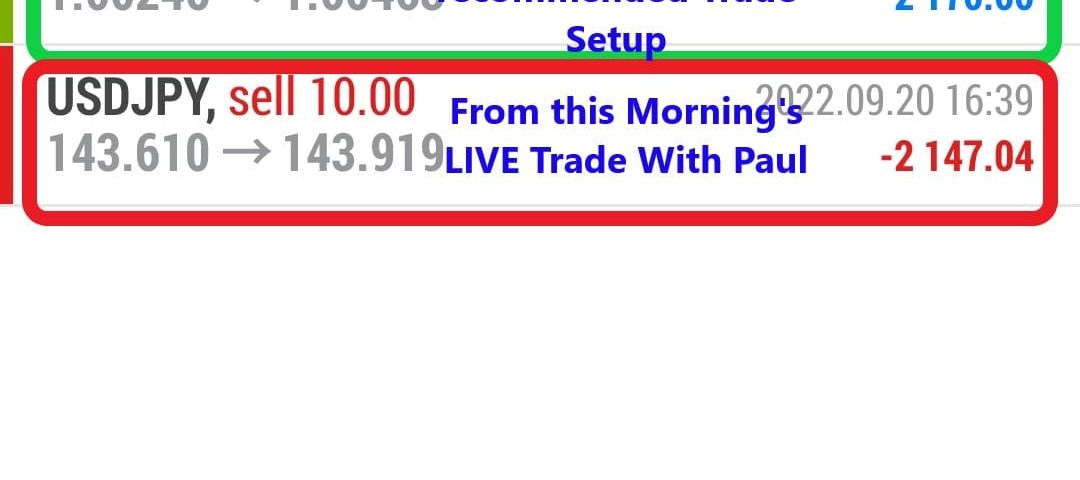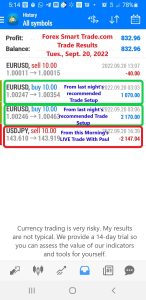CFD stands for “Contract For Difference”.
A CFD is a tradable financial instrument that mirrors the movements of the asset underlying it.
A contract for difference (CFD) is an agreement between a “buyer” and a “seller” to exchange the difference between the current price of an underlying asset and its price when the contract is closed.
What a CFD allows you to do is speculate on the possibility of the PRICE of an asset moving up or down, without having to own the actual asset.
The logic behind trading CFDs is simple.
If the price of an asset goes up by 5%, your CFD does the same. If, on the other hand, the price goes down by 5%, your CFD also loses 5% in value.
CFDs enable you to bet on rising or falling prices without taking ownership of the underlying asset and can be used to trade a range of markets such as forex, shares, indices, commodities, and crypto.
For this lesson, we’ll be focusing on forex CFDs.
Forex CFDs allow you to trade on the strength (or weakness) of one currency versus another.
CFD Trading
CFD trading is the buying and selling of contracts for difference (“CFDs”) via an online provider, who market themselves as “CFD providers“.
When you open a CFD position with a “CFD provider”, it creates, or issues, a CFD between itself and you. So a more accurate name for a “CFD provider” would be a “CFD creator” or “CFD issuer“. Regulatory agencies actually use the term, “CFD issuer”.
When trading forex, a CFD comprises an agreement (a “contract”) to exchange the difference in the price of a particular currency pair, between the time at which a contract is opened and the time at which it is closed
When the contract is closed you will receive or pay the difference between the closing price and the opening price of the CFD
- If the difference is positive, the CFD issuer pays you.
- If the difference is negative, you pay the CFD issuer.
With CFDs, you can speculate on price movements in either direction.
“Long” and “short” in CFD trading are terms that refer to the position you take on a trade.
You can open a “long” or “short” CFD position.
So when opening a CFD, you will have the choice to either:
- Buy the CFD at the indicated ask price (“go long”).
- Sell the CFD at the indicated bid price (“go short”).
The choice you make here will reflect your view of the direction in which you expect the price of the underlying asset will move.





